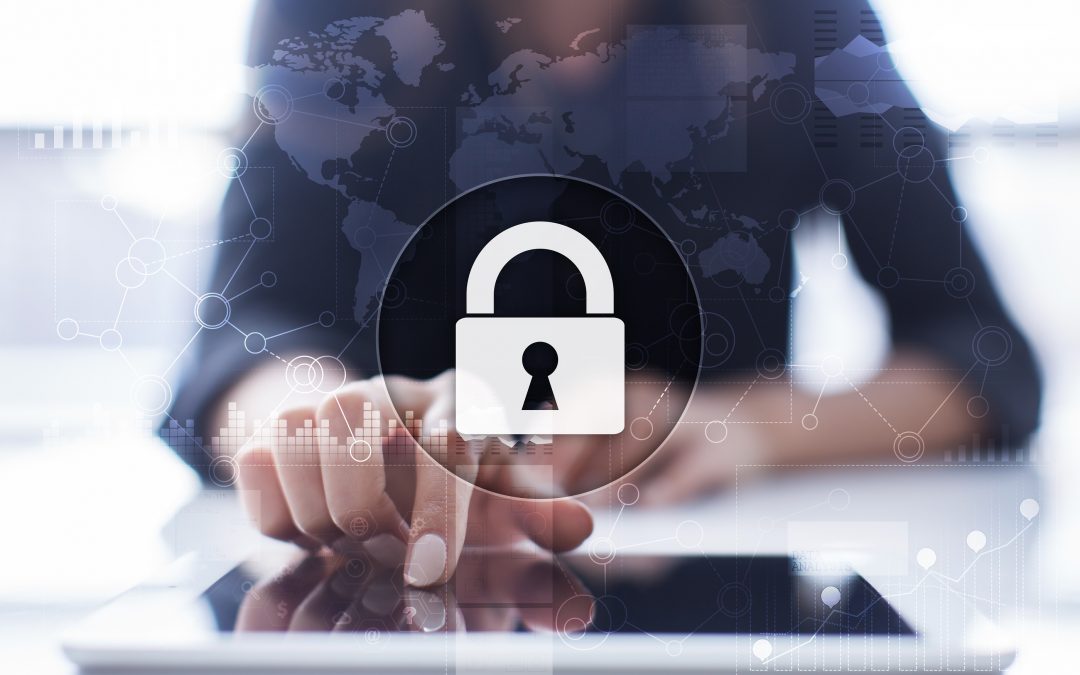Many small businesses in Singapore and around the world understand the need to fortify their office IT security. This includes using next-gen firewalls and workstation protection against malware and phishing attacks.
But what happens when you’re not working at the office anymore? How can you ensure the same security when working remotely from home?
Millions of employees and their companies have had to make a quick transition to telecommuting due to the COVID-19 pandemic. One of the biggest challenges has been network and device security for a remote workforce. Over 1 in 3 organizations (36%) have had a security incident caused by an unsecured remote worker. While the number of remote workers has definitely surged during the coronavirus crisis, employees increasingly working from home was already a trend changing the face of the global workforce.
Over the last decade, the number of remote workers has grown by 91%. As both employees and employers have seen the cost savings and productivity improvement, working from home part or full-time has caught on in businesses of all sizes. Telecommuting isn’t going anywhere even after the “Circuit Breaker” Lockdown in Singapore is over. Therefore, it’s important to ensure you can work securely while at home and uphold business cybersecurity and compliance policies. There are several simple ways to do that.
Making Your Home Office Safe from Cyberthreats
There are two main areas of concern when it comes to cybersecurity at home, your devices, and your wireless network. These important security tips will help you address both to safeguard your home office against a data breach or malware infection.
Use a Business VPN
There are certain security protections built into business-grade routers that consumer-grade routers just don’t have. But you can still connect securely whether you’re at home or on a public Wi-Fi by using a virtual private network (VPN). A VPN routes your connection through secure servers, which allows it to encrypt your traffic and mask your IP address for further security. By connecting using a business VPN app, you can ensure that your data won’t be intercepted due to an unsecured network and connect safely wherever you are. VPNs can be used on desktops, laptops, and mobile devices.
Separate Work Devices from Other Home Devices
Another safeguard that can improve home network security is to put your work devices in a different Wi-Fi network than your other home devices. Often other devices can be a higher risk for a breach (such as a teen’s gaming computer or child’s voice speaker). Hackers often try to discover and hack other devices connected to the same wireless network once they get into one of them. By setting up a guest network on your router, you’ll be creating an additional Wi-Fi network that can be used for internet connection. Separate sensitive work devices from higher-risk devices by keeping work devices on one network and everything else on the other one.
Keep Devices Updated & Patched
60% of data breaches involve unpatched system vulnerabilities. There are many cases where a data breach happened because a patch that had been issued months earlier, went unapplied. A vital component of good device security is keeping your computer and mobile devices updated. That means ensuring software, operating system, and firmware updates are applied in a timely manner. These often include crucial security patches to address newly exploited vulnerabilities.
Use Current Antivirus/Anti-Malware Software
Many new types of malware are considered “zero-day,” which means they’re so new that they haven’t been cataloged in any threat database yet. To catch these, you need to have a current antivirus-anti-malware program that doesn’t just use a signature-based system, but rather includes AI and machine learning to detect behavioral anomalies. Watching for suspicious file and code behavior allows these apps to catch and block zero-day threats.
Use Web Protection (DNS Filtering)
Phishing is the number one delivery system for malware. Increasingly, phishing attacks use links to dangerous websites instead of a file attachment to deliver malware. In addition to using good anti-phishing practices, like hovering over links and being suspicious of unexpected emails, using a DNS filtering program can help you avoid becoming a phishing victim. Many VPNs include web protection/DNS filtering, so you can accomplish two security measures at the same time by using one. A DNS filter will block malicious websites even after you’ve accidentally clicked a phishing link.
Use Automated Remote Device Monitoring & Management
One way that you can easily keep your workstation updated, protected by antivirus software, and monitored for any threats without having your work interrupted is to use managed IT services. They’re not just for computers sitting in an office. Remote patch management and threat monitoring can also be used for computers being used in a home office. Benefits of an automated Managed IT Asia home workstation management plan include:
- Anti-spyware/antivirus/anti-malware management & support
- Email access support and management
- OS and application patch management
- Microsoft Office management and support
- Memory optimization
- Tech support when you need it
Upgrade Your Security Plan to Include a Remote Workforce
It’s important to plan for the future while also protecting your network and data now. Managed IT Asia can help you upgrade your current network and device security plan to include safeguards for telecommuting employees. Contact us today for a free consultation. Call +65 6748 8776 or reach us online.
MANAGED IT ASIA, we are an IT Support, IT Solutioning and Managed IT Service Provider specializing in serving Small Businesses across Asia. Call us at +65 6748 8776 and let us manage your Small Business IT today!
